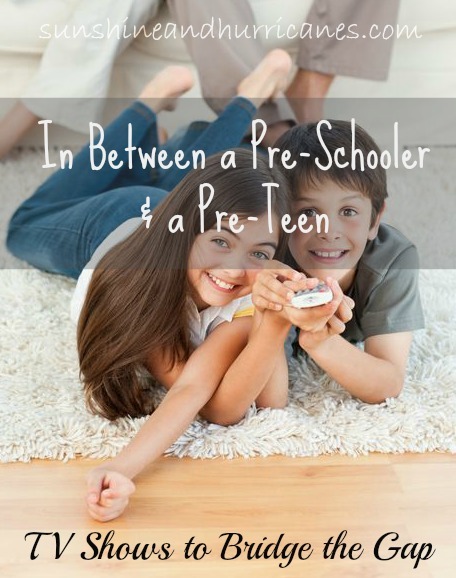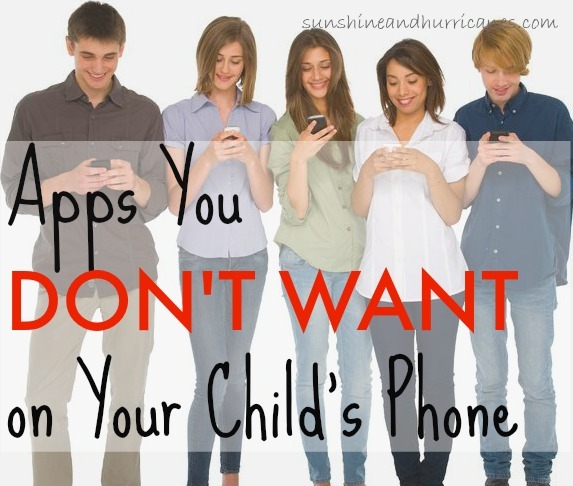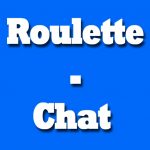10 Secret Sites Of New York City
Whether you’re an adventurous New Yorker or a tourist looking to make a few unconventional stops, consider paying a visit to some of the city’s little-known gems.

What it is: A horse-rendering plant turned landfill turned wonderland of amazing treasures (read: other people’s trash and the occasional horse bone) from the past century. From the 1850s through 1930s, it served as a site where the bodies of dead horses and other animals were used to make glue, fertilizer, and more. It then became a dumping grounds for the city’s trash, and since the 1950s, New York’s garbage has continued to wash up along the shore.
Why you should visit: You’ll find old bottles — from sodas to perfume vials to condiment jars — from generations past, as well horse (and other animal) bones, disintegrated toys, scraps of metal, glass, plastic, and more. It’s both a fascinating and slightly chilling atmosphere that’ll have you sifting through recognizable relics and unidentifiable objects with just the sound of the waves crashing against another era’s trash as your soundtrack. (Be sure to wear sturdy shoes and bring gloves.)
Accessibility: Take the 2 or 5 train to Flatbush Ave./Brooklyn College to the Q35 bus — then walk through a trail to the beach. (Watch out for poison ivy on the way in!)
2. North Brother Island

What it is: An island in the East River, between the Bronx and Rikers Island, with a murky history. Once the site of Riverside Hospital, which treated smallpox, tuberculosis, and other quarantinable diseases, North Brother Island was also the home of Typhoid Mary, who was confined there for the last two decades of her life until she died in 1938. In the 1950s, a center opened to treat adolescent drug addicts, some of whom were said to be held there against their will. (Also, in 1904, a steamship called the General Slocum burned on North Brother Island, killing over 1,000 people.)
Why you should visit: Now the island is a bird sanctuary, and ruins of the hospital and other buildings remain, with some rooms amazingly pretty intact. (Check out awe-inspiring photos of a visit to the island here.) There’s probably asbestos permeating the air, but the element of danger paired with the creepy abandoned-island vibe should be enough incentive for you to start planning your yolo-ified voyage here — though you’ll probably have to get creative. (See “Accessibility.”)
Accessibility: Welp…it’s sort of impossible. It’s off-limits to the public, and you have to obtain a permit from the city and charter a boat to get there, which can be pricey. Also, there’s no dock. Oh, and you can only visit between November and February (the herons nest during the rest of the year). AKA get yourself psyched for a freezing cold, perilous, and likely illegal trip to the coolest island on NYC!
3. South Brother Island

What it is: North Brother Island’s smaller counterpart. The 7-acre island was once the summer home to a former owner of the Yankees, Jacob Ruppert, but since 1909 (when his home burned down), it’s been uninhabited by humans. In 2007, New York City bought the island and turned it into a bird sanctuary.
Why you should visit: The island is now home to several bird species, including the black-crowned night heron, great egret, snowy egret, and double-crested cormorant.
Accessibility: It’s off-limits to the public except for a few days a year, when environmental groups are granted permission to clean the island. (If you were thinking about volunteering, here’s a good excuse!)
4. Hart Island

What it is: The largest publicly funded cemetery in the world, with approximately 850,000 bodies buried here. Hart Island is located just east of City Island, and is technically considered part of the Bronx. It once served as a prisoner of war camp and also housed a prison and women’s asylum. Burials here began taking place during the American Civil War — and these days, since the island is operated by the Department of Corrections, mass burials are carried out by Rikers Island inmates. Those buried on Hart Island could either not afford the expenses of private funerals or were unclaimed by relatives; approximately 50% of the bodies buried here are children under 5 who are identified and died in NYC hospitals.
Why you should visit: These photos, of what remains of the buildings (including a Catholic chapel) on the island, should be enough to allure you. Also, if you believe you may have family buried here, bodies in unmarked coffins have been disinterred at the request of relatives.
Accessibility: The island is open to the public, and limited access is provided to those who would like to honor the memory of those buried here. You can find more information about visiting here, where you’ll also find a database of who is buried on the island. There are over 65,000 names in the registry, dating back to 1977 (a fire on the island destroyed records prior to this), and more names are planned to be added as they become available. Nonprofit The Hart Project has been working to help people around the world relocate those who disappeared in the greater New York area.
5. Kings Park Psychiatric Center

What it is: An abandoned psychiatric hospital in Long Island that treated hundreds of thousands of patients from 1885 through 1996. After it closed, the grounds became a state park, as The New York Times says, “partly because nobody knew what else to do with it. Too far from major roads and full of buildings contaminated with asbestos and lead, it has proved inhospitable to redevelopment.”
Why you should visit: The center is rumored to be awash in paranormal activity. (A 2007 slasher film called Blood Night: The Legend of Mary Hatchet is based on the urban legend of a girl who was supposedly committed to the center after killing her family and whose ghost haunts the grounds.)
Accessibility: W. 4th Street, Kings Park, NY 11754; OK, so technically, this one’s in Long Island — but it’s just a Long Island Rail Road trip away, to Kings Park station. The old hospital is now part of Kings Park, and you’d need to obtain a permit and clear your visit with the parks manager to visit legally. Periodically, though, there are walking tours here; in the past, they’ve been given by an organization called Angels Without Faces.
6. Community 54

What it is: A cool vintage store hidden behind a sort of cruddy-looking arcade room; you enter through a photo booth. There’s also a graffitied courtyard in the back.
Why you should visit: If you’re into vintage duds with a streetwear vibe — and OK with dropping a few bills for said items — or if you’re looking to host a private event in the courtyard. Find out about events and check out photo booth pics on their site.
Accessibility: 54 Clinton Street, New York, NY 10002; take the J/M/Z/F trains to Delancey/Essex.
7. Tugboat Graveyard

What it is: The final resting place of rotting tugboats and other vessels dating back to the early 20th century; you’ll find it in the Arthur Kill waterway, between Staten Island and New Jersey.
Why you should visit: Though just about two dozen decomposing ships remain (down from approximately 200 in 1990) here, it’s still a cool spot for anyone who digs nautical history — and a fantastic place for a photo shoot.
Accessibility: 2453 Arthur Kill Road, Staten Island, NY 10309; take the Staten Island Ferry to the Staten Island Rapid Transit Train to Pleasant Plains to a 45-minute walk. Or, you know, you can drive there.
8. Jamaica Bay Riding Academy

What it is: According to its website, Jamaica Bay Riding Academy is “a full-service boarding facility and additionally offers a vast variety of trail rides, horseback riding lessons, horse leasing, horse shows, summer camps, therapeutic riding, hunter paces, and more.”
Why you should visit: Horses! Learn to ride horses! The park on which the academy is located includes over 400 acres of wooded trails and 3 miles of beach-front riding. Plus, there’s a summer camp available for kids 5 through 15, you can host parties here, and there’s a full tack and apparel shop on the grounds.
Accessibility: 7000 Shore Parkway, Brooklyn, NY 11234; take the L train to the Rockaway Parkway/Canarsie stop to the B42 bus to a 40-minute walk. (Or cab/drive it.)
9. Roosevelt Island

What it is: Technically a part of the borough of Manhattan, this island sits just between the Upper East Side and Queens. OK, OK, I KNOW, it’s not so much a secret — it’s just that no one ever goes to Roosevelt Island except the people who live there. But you should! There’s lots of fun stuff going on here that you probably don’t know about.
Why you should visit: There are outdoor movie nights at Southpoint Park (next up: Rocky on Aug. 10), rides on the tram, the Northpoint Lighthouse (a Gothic-revival lighthouse built in 1872 to provide light for a nearby insane asylum that is no longer), the RIVAA art gallery (with very 9-to-5er-friendly hours), and a historic church.
Accessibility: The F train to the Roosevelt Island stop.
10. Night Heron

What it is: An invitation-only illegal nightclub held in a Chelsea water tower. It ran for eight weekends from March through May.
Why you should visit: It’s over now, so you can’t. Womp womp. But the Heron’s architect, N.D. Austin, is known for what he calls “trespass theater.” Who knows if a similar project may be in the works sometime in the near future?
Accessibility: Getting in required you be handed a pocket watch by a prior guest, reported to a street corner at a certain time, and called a number found inside the watch for location details.





















 Source:
Source:  Source:
Source:  Source:
Source:  Source:
Source:  Source:
Source:  Source:
Source:  Source:
Source:  Source:
Source:  Source:
Source:  Source:
Source:  Source:
Source: 
 Source:
Source:  Source:
Source:  Source:
Source:  Source:
Source:  Source:
Source:  Source:
Source:  Source:
Source:  Source:
Source:  Source:
Source:  Source:
Source:  Source:
Source:  Source:
Source:  Source:
Source:  Source:
Source:  Source:
Source:  Source:
Source: 
 Source:
Source:  Source:
Source: 






































